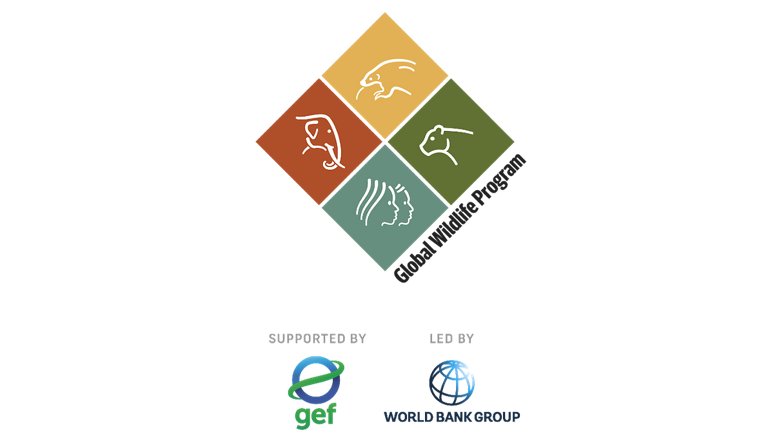Human-wildlife conflict (HWC) is an increasing threat to conservation and sustainable development. Projects in the Global Wildlife Program (GWP) are addressing HWC by implementing site level mitigation approaches, policies and national strategies, and engaging communities in HWC management and monitoring. However, HWC is complex and, as a result, projects have identified HWC as one of the top priorities for knowledge exchange and capacity building. In response, the GWP coordination project supported the International Conference on Human-Wildlife Conflict and Coexistence in March 2023. Following this conference, three sub-topics were chosen for further learning – compensation and insurance, HWC policy development and how to engage media.

The media is an effective tool for creating awareness, educating the public, and influencing policies and actions that are critical for tackling a complex issue like HWC. Media reporting can affect and alter popular perceptions and views on HWC. Thus, working with media is important. It can help raise awareness on the challenges faced by communities living in close proximity to wildlife, fostering empathy and understanding and it can also help prevent misinformation from spreading. Additionally, balanced reporting through stories in the media has the potential to de-escalate future conflict scenarios and advocate for the implementation of mitigation measures that contribute to human-wildlife coexistence.
The GWP organized two workshops (across time zones) on September 21 and October 4, 2023. There were 70 participants from 27 GWP countries who attended the workshop.
The aim of the workshop was to explore the crucial yet often ignored role that the media can play in mitigating HWC. The workshop enabled participants to understand why and how to engage with media through a successful case study on human-leopard conflict in India, delivered by the trainer Virat Singh, a GWP consultant and Head of Communications for Asar Social Impact Advisors Pvt Ltd, India.
Summary of the workshop
The workshop introduced the concept of what constitutes the media. It includes traditional sources such as print (newspapers), electronic (TV and radio), and, increasingly, new sources such as online videos, blogs, social media platforms, and influencers. The media sector is evolving rapidly and understanding how the media works is helpful in developing the type of process needed to engage.
Key takeaways from the workshop:
Acknowledge that media is a key stakeholder in HWC and commit to working with them.
Continuously engage with media whether through trainings or meetings to develop a relationship and build trust. Engagement is a long term process so, where possible, institutionalize the relationship with the media such that there is a continuous and constructive dialogue.
Dispel myths around HWC and sensitize media to the complex nature of HWC. HWC increases with an increase in human pressures on protected areas so it is important to raise awareness of these drivers and enable balanced reporting. Through training, projects can also help encourage journalists to move away from sensational headlines (“rogue elephant” or “bloodthirsty jaguar”) to more objective headlines (“elephant in ‘heat’”).
Develop an information sharing mechanism with the media to share factual and timely updates. The Forest Department in Mumbai, India has created a Whatsapp group with journalists and other media personnel to inform and notify them of HWC cases in and around the Sanjay Gandhi National Park. The Whatsapp group is used to share real time updates and stories.
Invest in training the media. Regularly interact with journalists who write about wildlife and organize trainings and workshops for media personnel to communicate the science behind conservation in a simple and effective way.
Keep the media and the public engaged. Provide positive stories and share new research initiatives and progress on project development to keep the conversation going and avoid the persistent negative news cycle.
A follow up workshop in January will take a deep dive into some of the aspects of media engagement such as creating a media strategy for GWP projects and a simulation exercise on how to handle a complex HWC situation.
- Presentations in English, Spanish and French
- IUCN Guidelines, Chapter 18, “Engaging with the media and social media”.
- Research article on the impact of media workshops on the reporting of human-leopard interactions in Mumbai, India.
